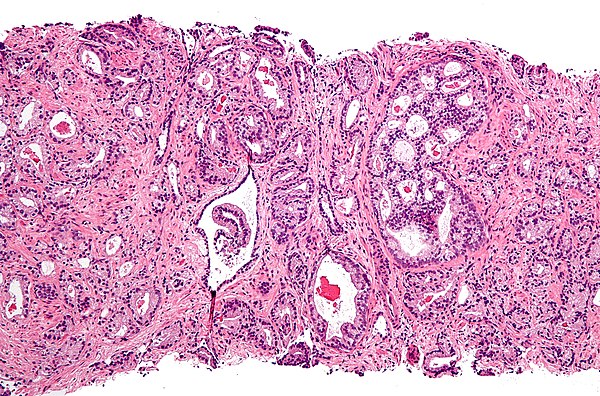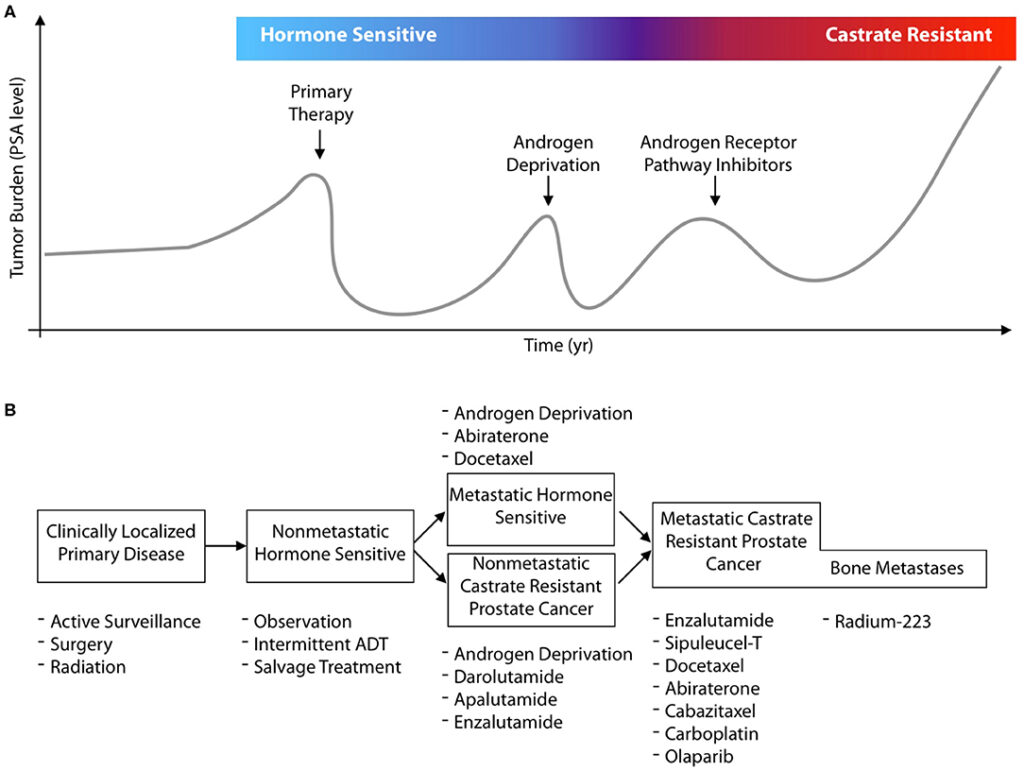Prostate cancer, often abbreviated as PCa, is one of the most common types of cancer affecting men worldwide. It originates in the prostate gland, a small walnut-shaped organ that plays a crucial role in the male reproductive system. While this disease can be life-threatening, early detection and advancements in medical science have significantly improved outcomes for many patients. In this article, we will explore what prostate cancer is, how it is diagnosed, and the various treatment options available to those affected by it.

What is Prostate Cancer?
The prostate gland is located below the bladder and in front of the rectum. Its primary function is to produce seminal fluid, which nourishes and transports sperm during ejaculation. Prostate cancer occurs when abnormal cells in the prostate begin to grow uncontrollably, forming a tumor. These cancerous cells can invade nearby tissues or spread to other parts of the body, such as the bones or lymph nodes, through a process called metastasis.
Risk Factors for Prostate Cancer
While the exact cause of prostate cancer remains unknown, several factors can increase the likelihood of developing the disease:
- Age: The risk of prostate cancer increases with age, particularly after the age of fifty.
- Family History: Men with a family history of prostate cancer, especially if a father or brother has been diagnosed, are at a higher risk.
- Race and Ethnicity: Studies show that African American men are more likely to develop prostate cancer compared to men of other ethnicities.
- Diet and Lifestyle: A diet high in red meat or dairy products and low in fruits and vegetables may contribute to an increased risk.
- Obesity: Being overweight or obese may raise the risk of developing aggressive forms of prostate cancer.
Symptoms of Prostate Cancer
In its early stages, prostate cancer often does not present noticeable symptoms. As the disease progresses, however, certain signs may become apparent:
- Frequent urination, especially at night
- Difficulty starting or stopping urine flow
- Weak or interrupted urine stream
- Pain or burning during urination
- Blood in the urine or semen
- Pain in the lower back, hips, or pelvis
- Erectile dysfunction
It is important to note that these symptoms can also be caused by non-cancerous conditions, such as benign prostatic hyperplasia or prostatitis. Therefore, consulting a healthcare professional is essential for an accurate diagnosis.
Diagnosing Prostate Cancer
Early detection of prostate cancer is critical for improving treatment outcomes. Several diagnostic methods are used to identify the presence of cancerous cells in the prostate:
Digital Rectal Examination
A digital rectal examination involves a healthcare provider inserting a gloved, lubricated finger into the rectum to feel the prostate gland. This test helps detect abnormalities in the size, shape, or texture of the prostate. While it is not definitive, it can indicate whether further testing is necessary.
Prostate-Specific Antigen Test
The prostate-specific antigen test measures the level of a protein produced by the prostate gland in the blood. Elevated levels of this protein may indicate the presence of prostate cancer, but they can also be caused by other conditions, such as inflammation or infection. Therefore, additional tests are often required to confirm a diagnosis.
Biopsy
If initial tests suggest the possibility of prostate cancer, a biopsy is typically performed. During this procedure, small samples of tissue are removed from the prostate using a thin needle. These samples are then examined under a microscope to determine whether cancerous cells are present and, if so, how aggressive the cancer may be.
Imaging Tests
Imaging tests, such as magnetic resonance imaging or computed tomography scans, may be used to assess the extent of the cancer and whether it has spread beyond the prostate. Bone scans are also sometimes conducted to check for metastasis in the bones.
Treatment Options for Prostate Cancer
The treatment approach for prostate cancer depends on several factors, including the stage of the disease, the patient’s age and overall health, and personal preferences. Below are some of the most common treatment options:
Active Surveillance
For men with slow-growing prostate cancer, active surveillance may be recommended. This approach involves regular monitoring of the cancer through periodic tests, such as prostate-specific antigen tests, digital rectal examinations, and biopsies. Treatment is deferred unless there are signs that the cancer is progressing.
Surgery
Surgical removal of the prostate, known as a prostatectomy, is a common treatment for localized prostate cancer. There are different types of prostatectomy procedures, including open surgery, laparoscopic surgery, and robotic-assisted surgery. While surgery can be effective, it may lead to side effects such as urinary incontinence and erectile dysfunction.
Radiation Therapy
Radiation therapy uses high-energy beams to target and destroy cancer cells. It can be delivered externally through a machine or internally through radioactive seeds implanted in the prostate. Radiation therapy is often used for early-stage prostate cancer or as part of treatment for advanced cases.
Hormone Therapy
Hormone therapy aims to reduce levels of male hormones, such as testosterone, which can fuel the growth of prostate cancer. This treatment is often used in combination with other therapies for advanced or metastatic prostate cancer. Side effects may include fatigue, hot flashes, and loss of libido.
Chemotherapy
Chemotherapy involves the use of drugs to kill cancer cells. It is typically reserved for cases where the cancer has spread beyond the prostate and is no longer responding to hormone therapy. Chemotherapy can cause side effects such as nausea, hair loss, and a weakened immune system.
Immunotherapy
Immunotherapy harnesses the body’s immune system to fight cancer. One type of immunotherapy approved for prostate cancer involves the use of a vaccine made from the patient’s own immune cells. This treatment is generally used for advanced cases and may help extend survival in some patients.
Cryotherapy and High-Intensity Focused Ultrasound
Cryotherapy involves freezing cancer cells to destroy them, while high-intensity focused ultrasound uses sound waves to heat and eliminate cancerous tissue. Both treatments are minimally invasive and may be options for men with early-stage prostate cancer who are not candidates for surgery or radiation therapy.
Lifestyle and Supportive Care
In addition to medical treatments, lifestyle changes and supportive care can play an important role in managing prostate cancer. Regular exercise, a balanced diet rich in fruits and vegetables, and stress management techniques can improve overall well-being. Support groups and counseling services are also valuable resources for patients and their families, providing emotional support and practical advice.
Dietary Recommendations
Research suggests that certain dietary choices may help reduce the risk of prostate cancer progression. These include:
- Incorporating more plant-based foods, such as legumes, whole grains, and nuts
- Limiting consumption of red meat and processed foods
- Including sources of healthy fats, such as olive oil and fatty fish
- Staying hydrated and avoiding excessive alcohol intake
Exercise and Physical Activity
Regular physical activity has been shown to improve quality of life for men undergoing treatment for prostate cancer. Exercise can help alleviate fatigue, improve mood, and enhance physical function. Activities such as walking, swimming, or yoga are excellent options for maintaining fitness and reducing stress.
Emerging Research and Future Directions
Ongoing research continues to advance our understanding of prostate cancer and improve treatment options. Scientists are exploring new therapies, such as targeted drugs that attack specific genetic mutations in cancer cells, as well as innovative approaches to early detection. Clinical trials are also underway to evaluate the effectiveness of combination therapies and personalized medicine strategies tailored to individual patients.
Additionally, efforts are being made to address disparities in prostate cancer outcomes among different racial and ethnic groups. By identifying the underlying causes of these disparities and implementing targeted interventions, researchers hope to ensure equitable access to care for all men affected by this disease.





